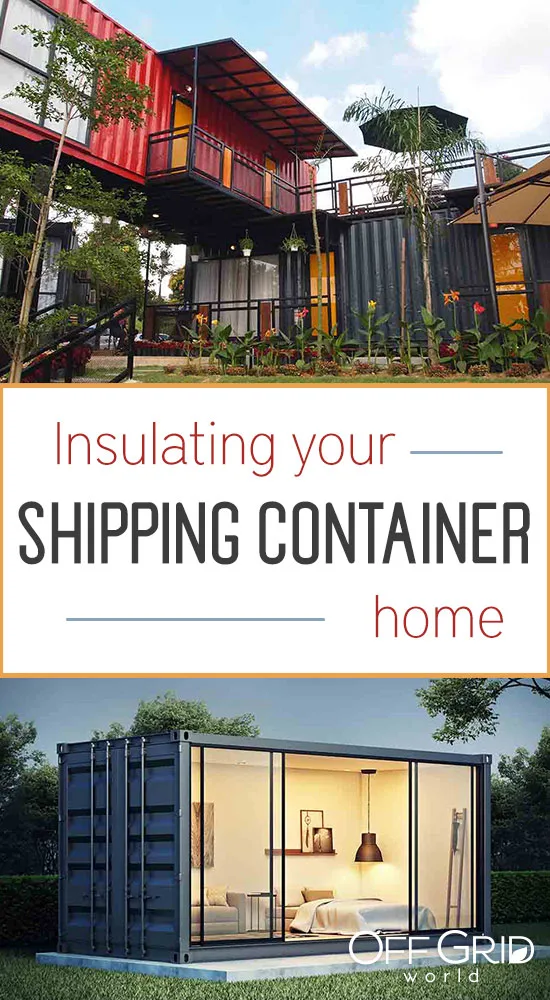Shipping container homes are growing in popularity, as you probably know if you’re reading this. Insulating a shipping container is an important step of the building process if you’re planning on making a container livable and comfortable.
Homeowners love that shipping container homes are cheaper to build than traditional homes due to the inexpensive materials. Using containers makes construction faster, too. Containers have four walls, a ceiling, and a floor when they arrive. Instead of constructing a building from scratch, builders modify existing containers to fit the home.
Shipping containers are eco-friendly, because fabricators use less energy to make them than standard building materials, and most homes are made with recycled shipping containers.
Insulating a shipping container home
Many people want to live off-grid, and these homes can make that possible in an affordable way. Not only do they reduce dependence on fossil fuels, but lower utility bills, too.
Shipping containers need insulation to make them livable. They bake in hot climates and freeze in cool climates because heat moves easily through steel.
There are several factors to consider when insulating a shipping container:
1. Your Container Home’s Climate
All your insulation decisions begin with the climate. Insulation keeps the outside weather outside and the inside temperature inside. The more extreme temperatures you face, the more insulation you need. If you’re building in a temperate climate, you may emphasize weatherproofing over insulation.
People build shipping container homes in the Arctic and the tropics. Each climate requires varied materials, designs, and applications. Before you make any decisions about insulation, understand what you want it to do.
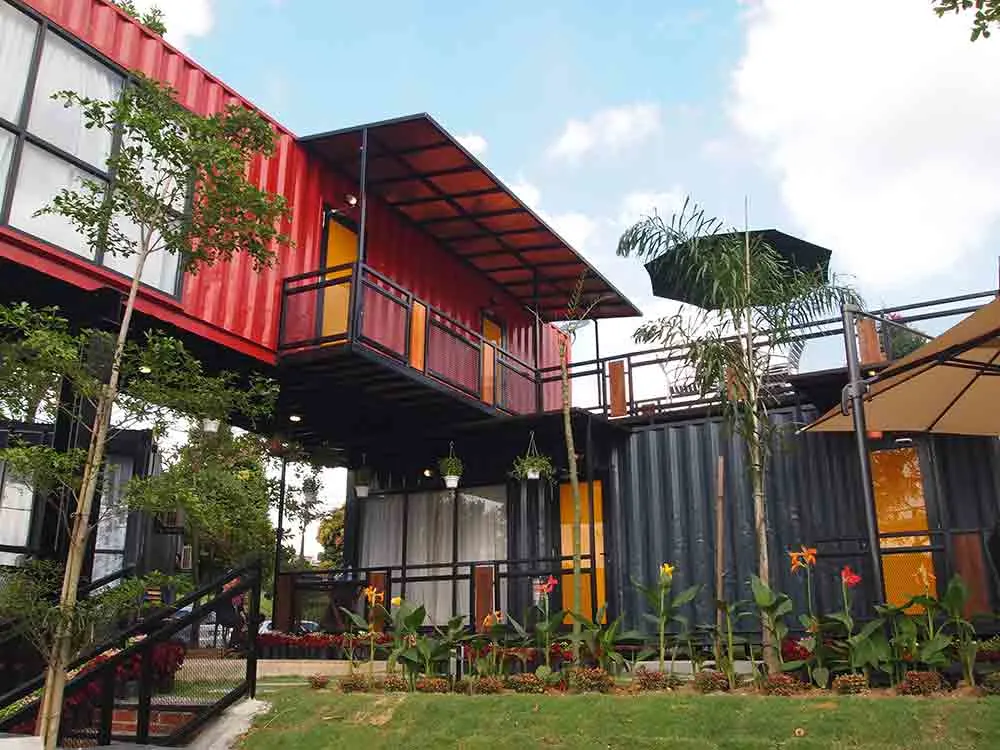
Aisyaqilumaranas / Shutterstock.com
Wet and dry climates create different problems for insulating homes, but wet climates can be the most dangerous to a steel home. Water can rust steel, destroying your home, so focus on keeping water away from steel. You also don’t want condensation from the steel destroying the interior of your home.
2. DIY or Contractor to insulate a shipping container
Shipping container homes are popular among DIY enthusiasts because shipping containers can reduce the need for skilled labor. Before you design your home, decide how much work you want to do yourself. A DIY home can cost less money, and you get the pride of constructing your own dwelling. Your building options may be limited by your skill.
Contractors make construction move much faster. DIY workers often must learn skills throughout the construction process, often by streaming online videos. Contractors, though more expensive, already come with the skills they need.

brizmaker/Shutterstock
3. A Vapor Barrier
Shipping container construction works differently than traditional home construction, because of how steel boxes function in humid environments. The interior of a shipping container “sweats,” or water condenses. Water causes steel to rust, and your home will deteriorate much faster. It also can destroy any internal construction material like wood or drywall.
You can create a vapor barrier in many ways. Some use wraps, like Tyvek, on the interior of the home. This method is the easiest to install, and it can be a DIY project. It does not, however, solve the problem of water condensation on steel. Spray foam creates a tight seal directly on the steel, but the chemicals are hazardous during application, so its application is not for amateurs.

oatautta/Shutterstock
4. Heating, Cooling, or Both
Heating and cooling both have different solutions beyond insulation. In the summer sun, a shipping container acts like a greenhouse. To keep the sun from affecting internal temperatures requires significant insulation unless you use a radiant barrier—material that reflects the heat. Homeowners often use special paints or reflective materials on the exterior of their shipping containers. A rooftop garden, or living roof, also keeps out radiant heat in the summer, and it is beautiful, too.
In a primarily cold climate, you want two things: draw in the sun’s radiant heat and prevent heat from leaving the home. Find a place with plenty of light and line the exterior of your home with material that is not reflective.
Heat loss happens primarily in two places: your roof and your windows. One pane of glass can lose as much as ten times the heat as an insulated wall. The more window space you have, the more you will need to insulate your walls. Well-planned windows and a well-insulated roof will keep as much heat as possible inside your home.
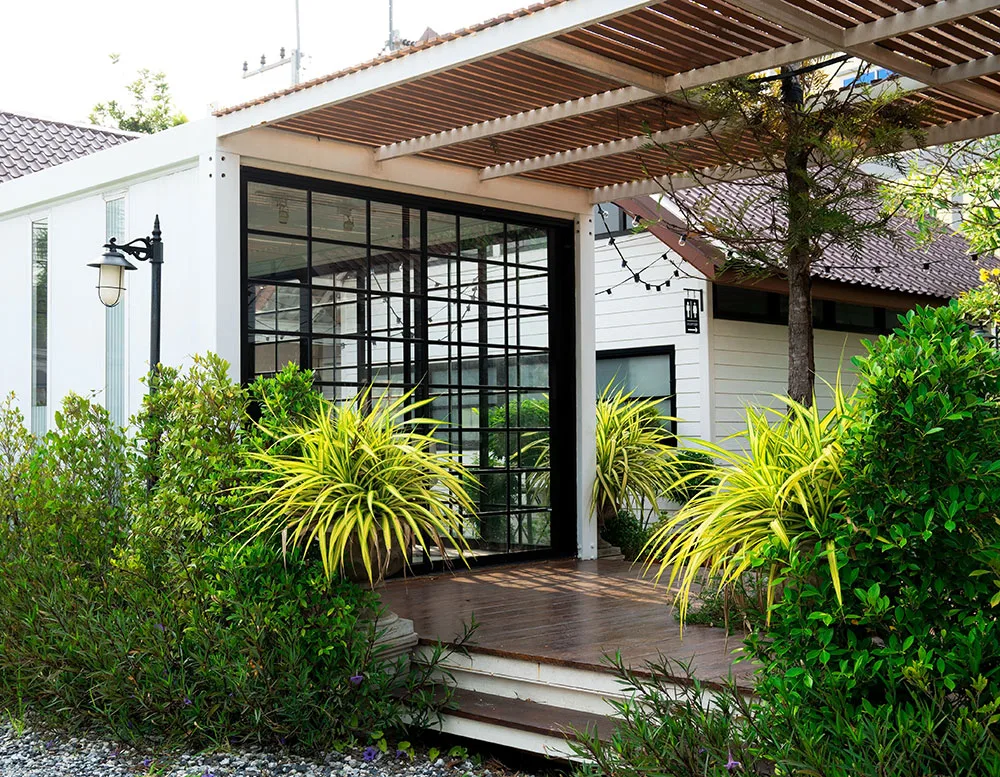
oatautta/Shutterstock
5. Permanent Residence or Vacation Home
Many people build shipping container homes as three-season vacation homes. They use them when the weather is nice, in the spring, fall, and summer, but close them for winter. If you do not use your home in extreme temperatures, like a cold winter, you can design it with less heating or cooling power and less insulation.
6. Home Layout
Surface area affects how much heat can leave or enter your shipping container home. The more surface area you have, the more insulation you need. The most efficient shape is one large square or rectangle because it minimizes the ratio between internal space and surface area.
Some designers love to use shipping containers creatively, and they make homes in irregular shapes. The more irregular your home, the more insulation you will need.
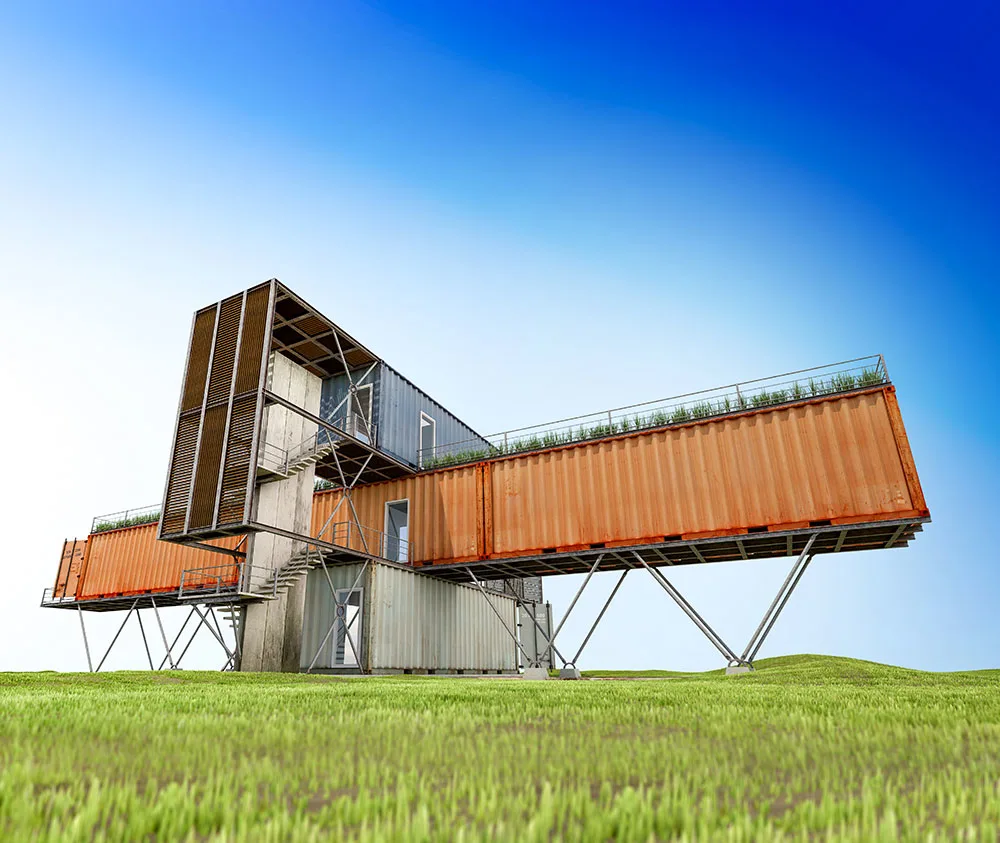
Suriya KK/Shutterstock
7. Eco-Friendly Materials
Many people construct shipping container homes because they want an environmentally friendly house. Shipping containers themselves are often recycled, but you can find insulation materials that are good for the environment, too.
Some people choose natural materials for insulating a shipping container. Similar to how Indian homes are often lined with mud to keep out summer heat, many homeowners choose renewable fibers like wool, cotton, or cellulose insulation made from recycled paper or cork.
Natural or recycled insulation may not be as eco-friendly as initially advertised. Natural products like wool or cellulose are flammable, and they require added flame-retardant chemicals. They can also be less efficient insulators, too. If you want an environmentally friendly home, research the entire production process to ensure your eco-friendly insulation is safe as well as effective.
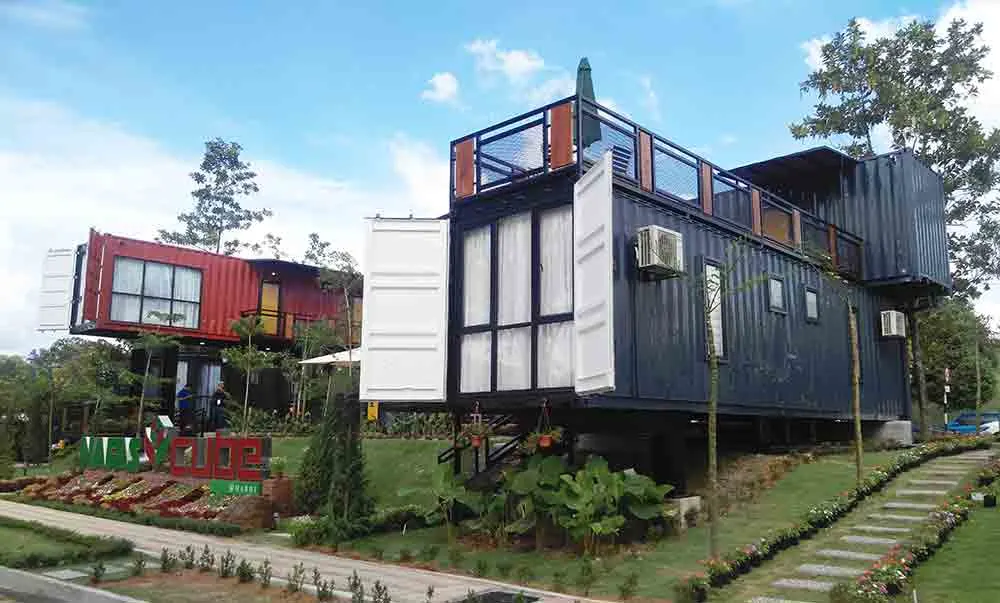
Aisyaqilumaranas / Shutterstock.com
8. Internal or External Insulation
Shipping containers limit how much space you have because they come in specific sizes. Standard shipping containers are eight feet wide and eight and a half feet tall. Your insulation choices can decrease the amount of indoor space you have.
When you install insulation inside your home, you need to build a gap between the interior walls and the steel, reducing your space by several inches along your walls, floor, and ceiling. Internal insulation, however, is often less expensive, and it is much easier to install than external.
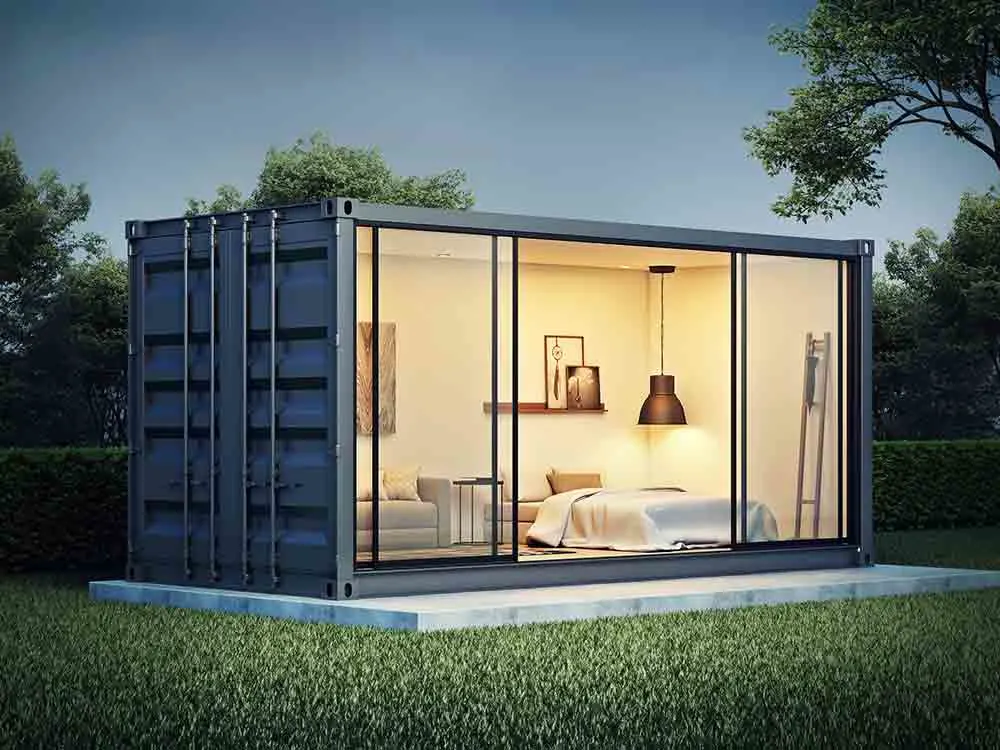
P11irom/Shutterstock
Insulating a shipping container externally maximizes your space, but the insulation is also exposed to the elements. Exterior insulation requires more maintenance and needs to be replaced sooner. It can also be more expensive and require a contractor for installation.
Because they are constructed from steel boxes, shipping container homes require different insulation solutions from traditional construction. When you design your new home, these factors will help you build the most efficient home. Making good decisions on insulation can keep your heating or cooling costs down and make your home environmentally friendly.
